
 |
|
|
#1 |
|
All the news that's fit to excerpt
Name: newsie
Location: who knows?
Join Date: Jun 2008 Motorcycle(s): only digital replicas Posts: Too much.
|
[cycleworld.com] - Suzuki Patents VVT Hayabusa
The march of exhaust-emissions restrictions means many sportbikes including Suzuki’s Hayabusa and GSX-Rs are walking a razor’s edge. VVT can help them survive.
Click here to view on their site.  Future Suzuki Hayabusas could likely be fitted with VVT. (Suzuki Motor USA/)Several newly published patent documents have emerged showing a version of Suzuki’s Hayabusa fitted with variable valve timing, a system that could help add even more performance while ensuring the bike isn’t threatened by next-generation emissions rules around the world. The Hayabusa has already fallen foul of emissions limits in the past, disappearing from sale in many markets back in 2018 before making its return in 2021 with a cleaner engine and new styling. However, power was sacrificed at the altar of emissions, so the 2021-to-present machine has less on-paper performance than its predecessor. 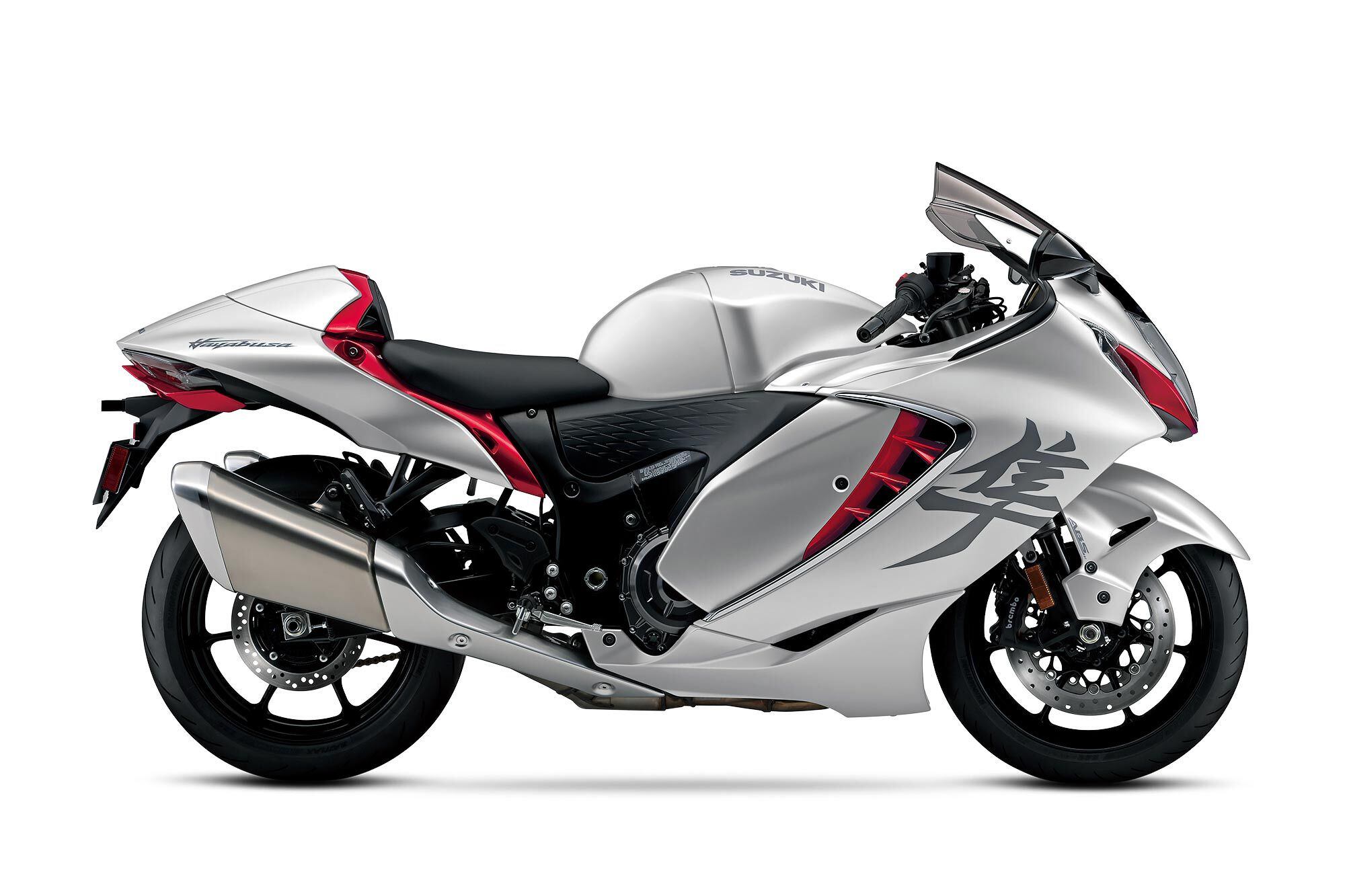 The current Hayabusa was cleaned up for the 2021 model year after being pulled off the market in Europe in 2018. (Suzuki/)Suzuki’s new patent documents make it clear that variable valve timing is a solution to that problem, saying its goal is “high output, low fuel consumption, and low exhaust gas.” The outlined system shown is a very conventional one. It alters the advance of the intake camshaft timing using a hydraulic cam phaser, a system that’s much like the one that Kawasaki introduced on the Concours 14 way back in 2007. Ducati’s DVT setup, in use since 2014, also works on a similar basis, as do dozens of variable valve timing systems used in automobiles. 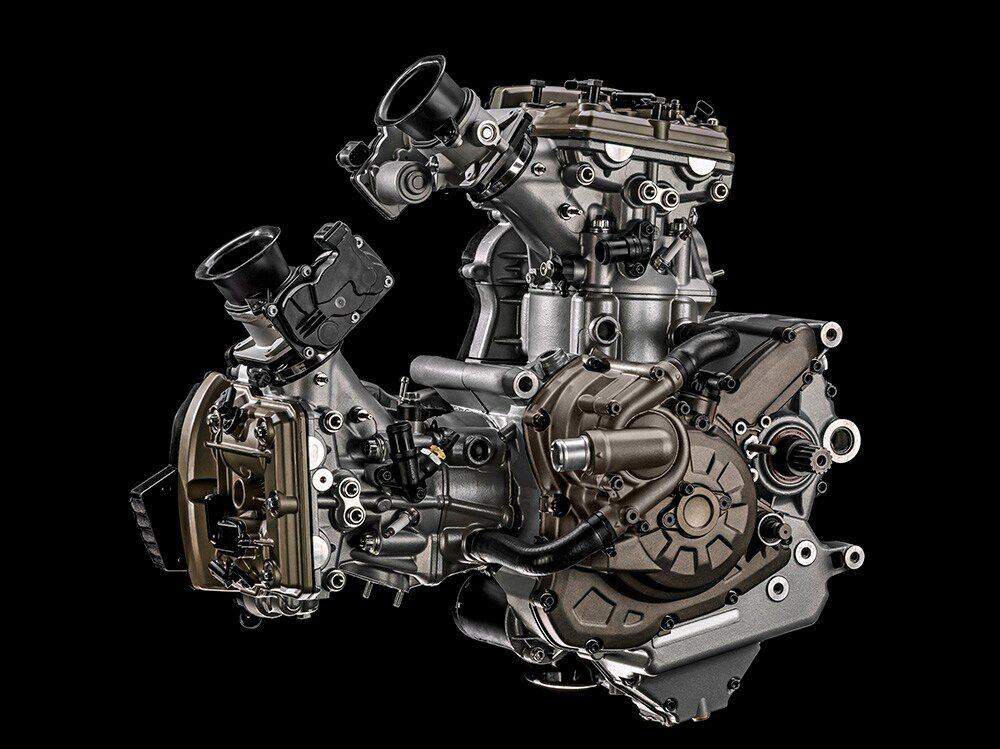 Ducati has been using VVT with its DVT system since 2014. (Ducati/)The idea is that the intake cam timing can be retarded at low speed, reducing the amount of valve overlap—the period when the intake valves open in a cylinder before the exhaust valves have closed. To efficiently fill a cylinder with fresh intake charge at high rpm, lots of valve overlap is beneficial, but at low revs the same amount of overlap allows unburned mixture to escape into the exhaust, polluting catalytic converters, harming fuel economy, and increasing emissions. By altering the intake cam timing depending on revs, you can have the best of both worlds, with lots of high-rpm overlap but far less at low rpm. Conventional cam phasers, as seen on Suzuki’s new patent, use oil pressure to change the cam timing. The cam phaser sits between the intake cam sprocket and the camshaft itself, allowing the camshaft to be rotated by a few degrees in relation to the sprocket when oil pressure is introduced to the phaser. An electric solenoid, activated by the engine management system, controls a valve to open or close the oil passage to the phaser. 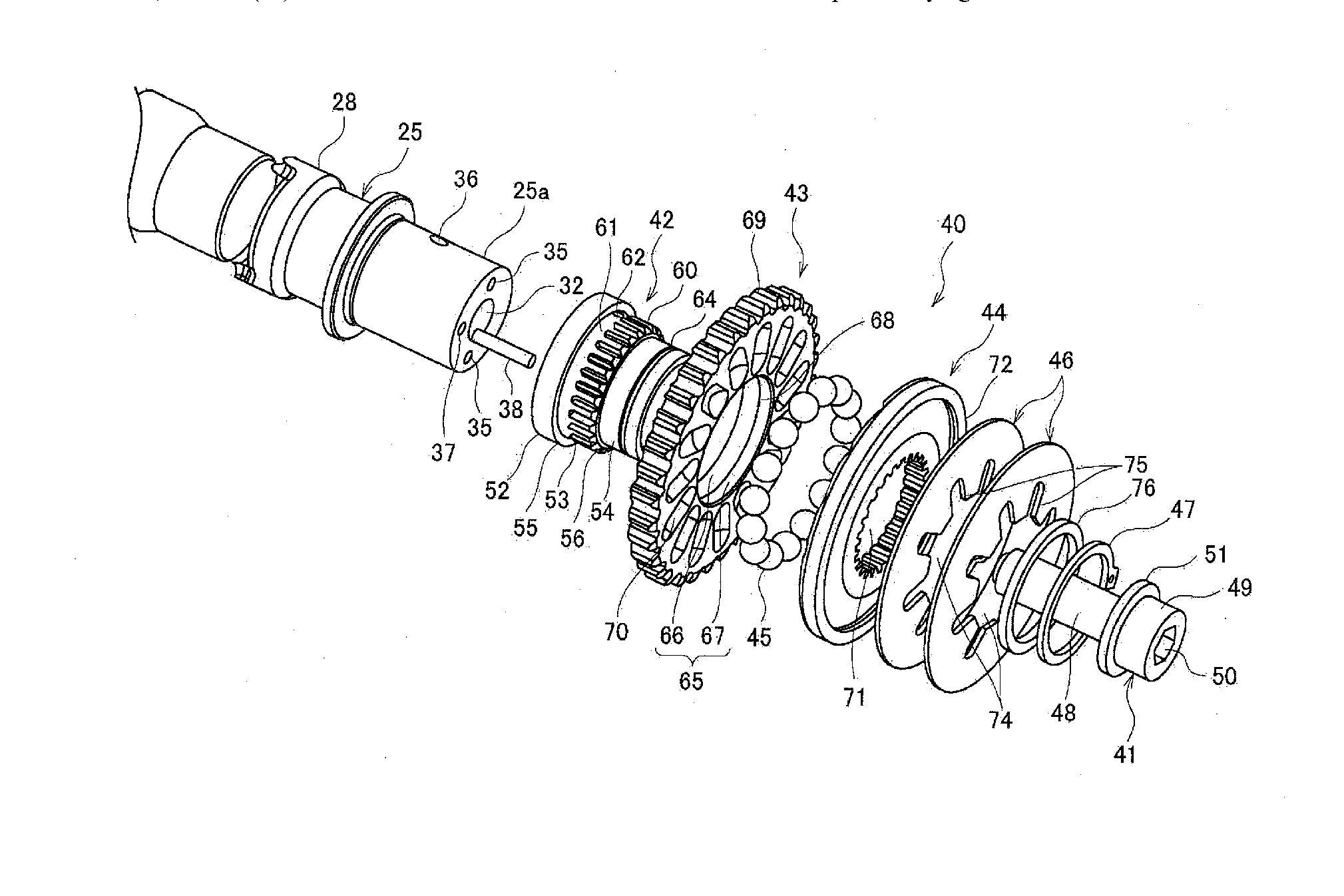 Back in 2017 Suzuki filed a patent for the GSX-R1000’s cam-phasing system. SuzukiSuzuki itself already uses a cam-phasing system on the GSX-R1000, introduced in 2017. It does the same job, but instead of hydraulically changing the cam phasing by introducing oil pressure to chambers, it uses centrifugal force, pushing weighted balls outward as revs rise and using them to mechanically rotate the camshaft by a few degrees in relation to the sprocket. It’s a system that lacks the finer electronic control of a hydraulic cam phaser but was developed for the company’s title-winning MotoGP bike because electronic and hydraulic VVT is specifically banned in that championship. As long ago as 2019, Suzuki patents showed that the company is developing a hydraulic VVT system for the GSX-R1000, acting on both camshafts rather than just the intake, but a production version still hasn’t emerged. 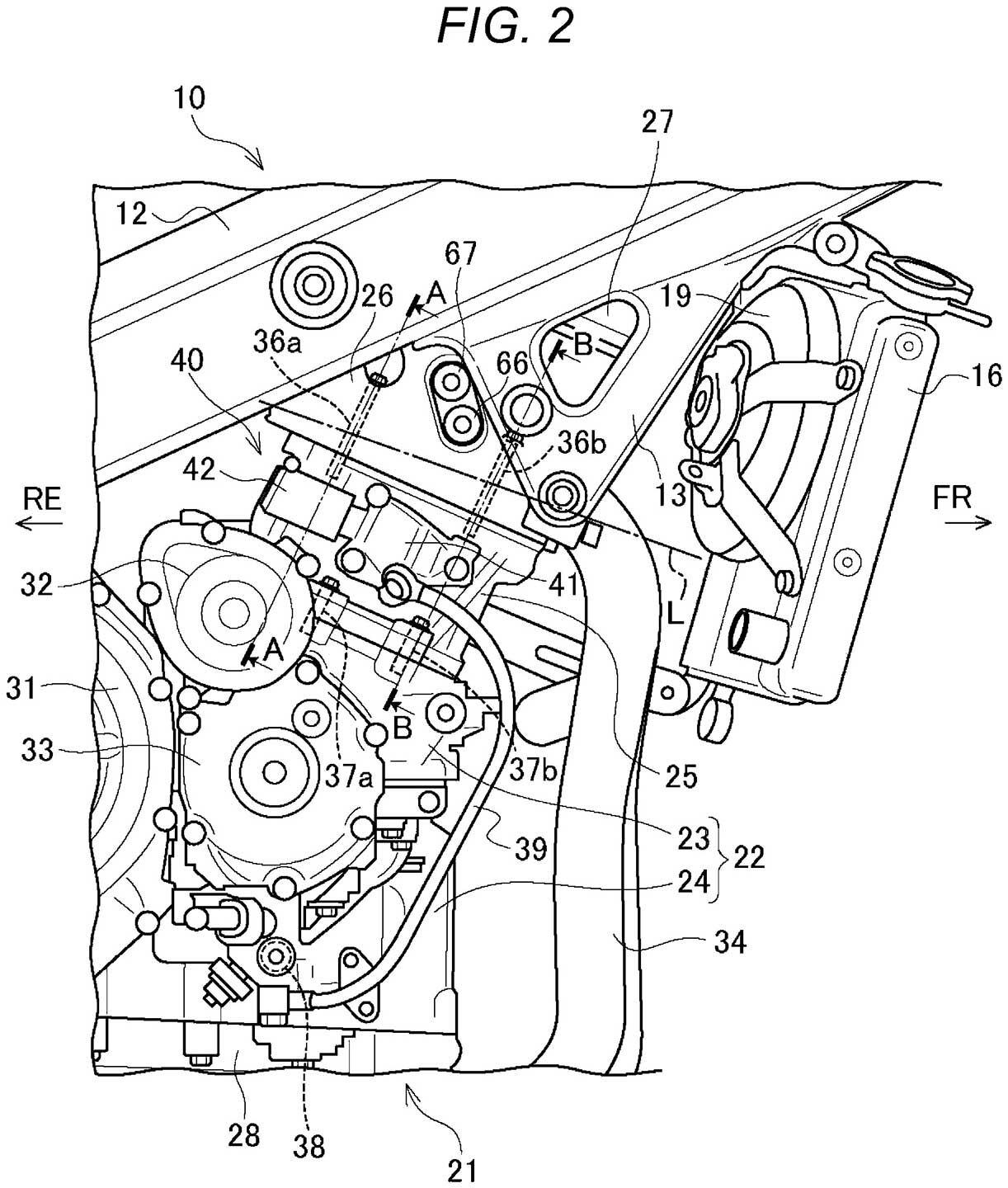 The actuator on the right side of the engine (41-42). (Suzuki/)The new patents, filed in several countries, show a basic hydraulic VVT on the intake camshaft of the Hayabusa engine. Since that’s not a patentable idea, the focus of the documents is on the actuator that opens and closes the oil flow, and specifically its position—instead of being attached to the cylinder head, it’s mounted lower down on the side of the cylinder. The patent explains the move, giving several reasons for the change. Most importantly, perhaps, it means the additional width that the actuator introduces to the engine isn’t in a position where it would require alterations to the frame. Suzuki also says that shifting it closer to the engine’s center of mass—the crankshaft and crankcases—the effects of vibrations on the actuator are reduced to improve its reliability, and it’s moved away from the hot air expelled from the bike’s radiator, again giving a longevity benefit. 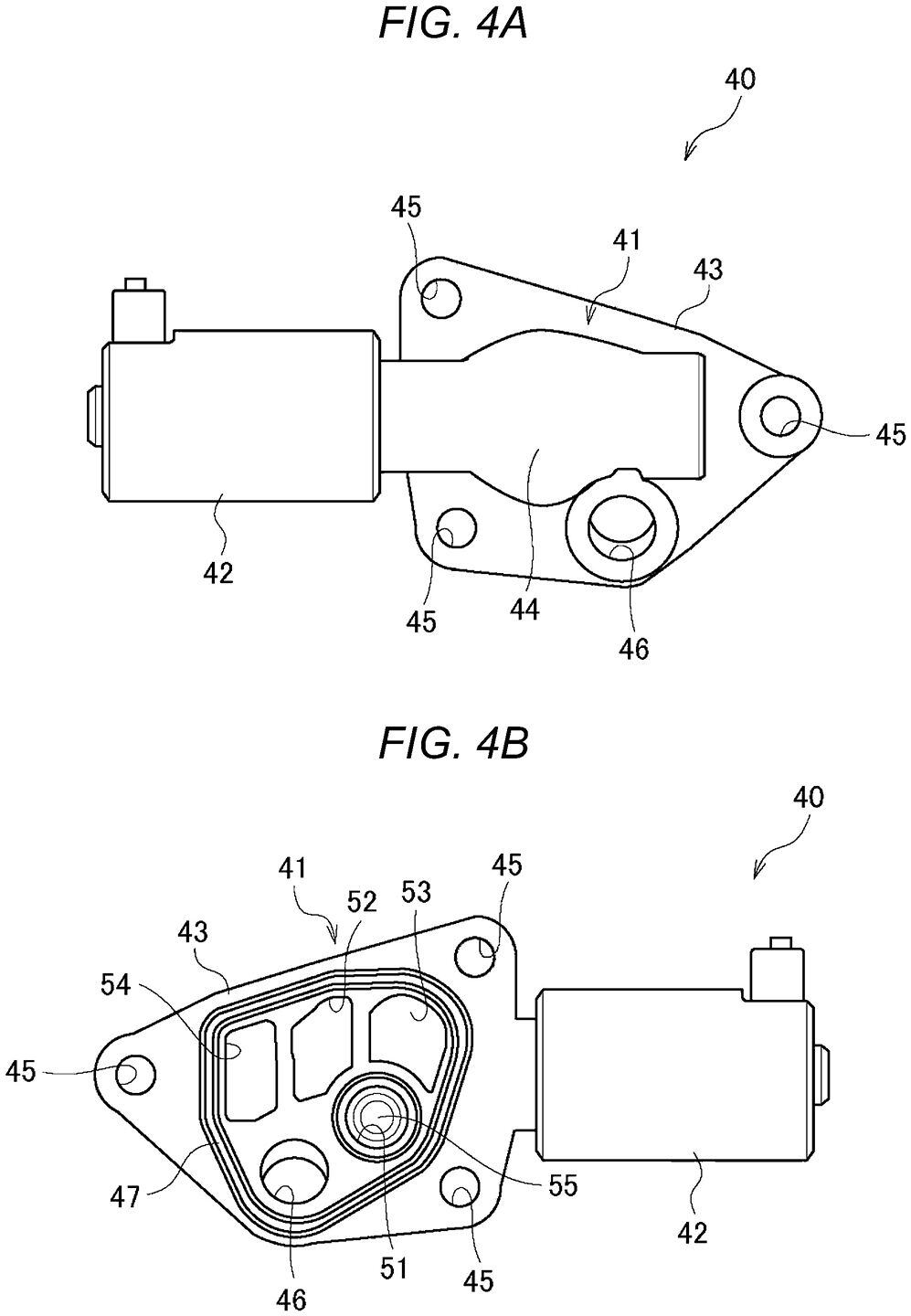 A close-up of the hydraulic actuator. (Suzuki/)Although Suzuki’s range isn’t suffering too much in the US, elsewhere in the world the company has been slow to keep abreast of emissions rules. In Europe, the GSX-R1000, GSX-R750, and GSX-R600 have all been removed from sale because they don’t meet Euro 5 emissions targets, and while the Hayabusa does comply, there are already plans to introduce further restrictions. Cam timing and valve overlap are particular issues with Euro 5 because of strict limits on “non-methane hydrocarbon” emissions, which essentially means unburned fuel that enters the exhaust. 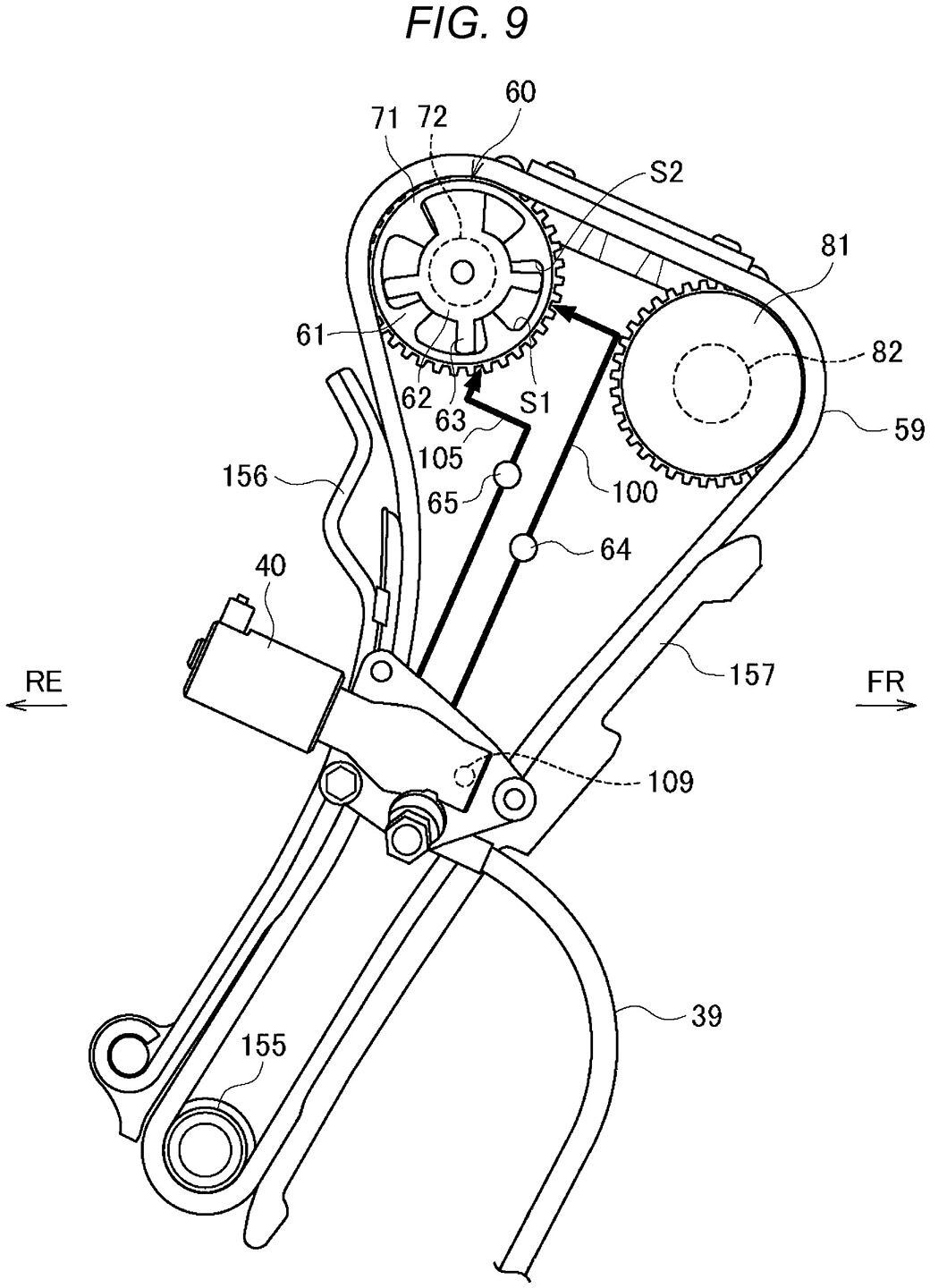 Side view of the actuator and cams on Hayabusa. (Suzuki/)The introduction of even a relatively simple hydraulic VVT system to the Hayabusa, like the one seen in the new patents, could help ensure not only that the bike hits future emissions but also let the engine operate more efficiently at high revs to add more peak power, all for a relatively low development cost.
__________________________________________________
I'm a bot. I don't need no stinkin' signature... |
|
|

|
 |
 Similar Threads
Similar Threads
|
||||
| Thread | Thread Starter | Forum | Replies | Last Post |
| [cycleworld.com] - Suzuki Celebrates 25 Years of Hayabusa With Tribute Model | Ninjette Newsbot | Motorcycling News | 0 | July 6th, 2023 10:43 AM |
| [cycleworld.com] - Vance & Hines’ Dominant Suzuki Hayabusa Pro Stock Motorcycle | Ninjette Newsbot | Motorcycling News | 0 | June 9th, 2023 02:02 PM |
| [visordown.com] - Suzuki Hayabusa vs Suzuki Hayabusa - Which gen wins the old school | Ninjette Newsbot | Motorcycling News | 0 | May 8th, 2021 05:54 AM |
| [visordown.com] - Harley-Davidson file patents for VVT V-Twin | Ninjette Newsbot | Motorcycling News | 0 | July 27th, 2020 02:30 AM |
| [webbikeworld.com] - Suzuki Is Working on a New VVT for GSX-R1000 | Ninjette Newsbot | Motorcycling News | 0 | January 16th, 2019 07:24 AM |
|
|